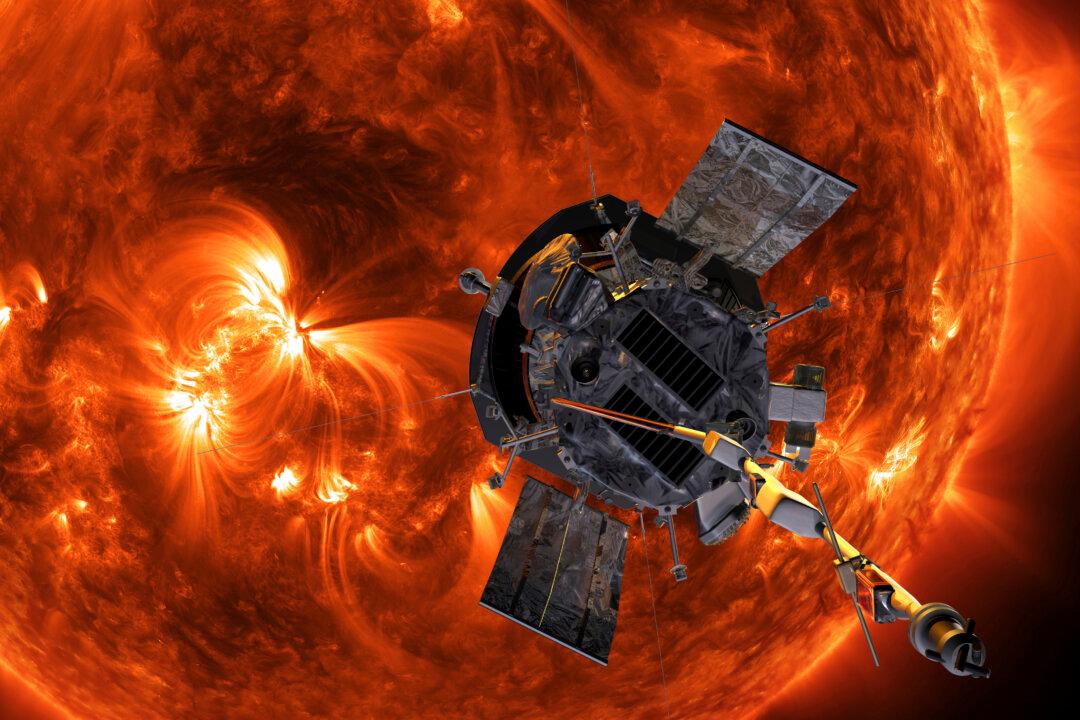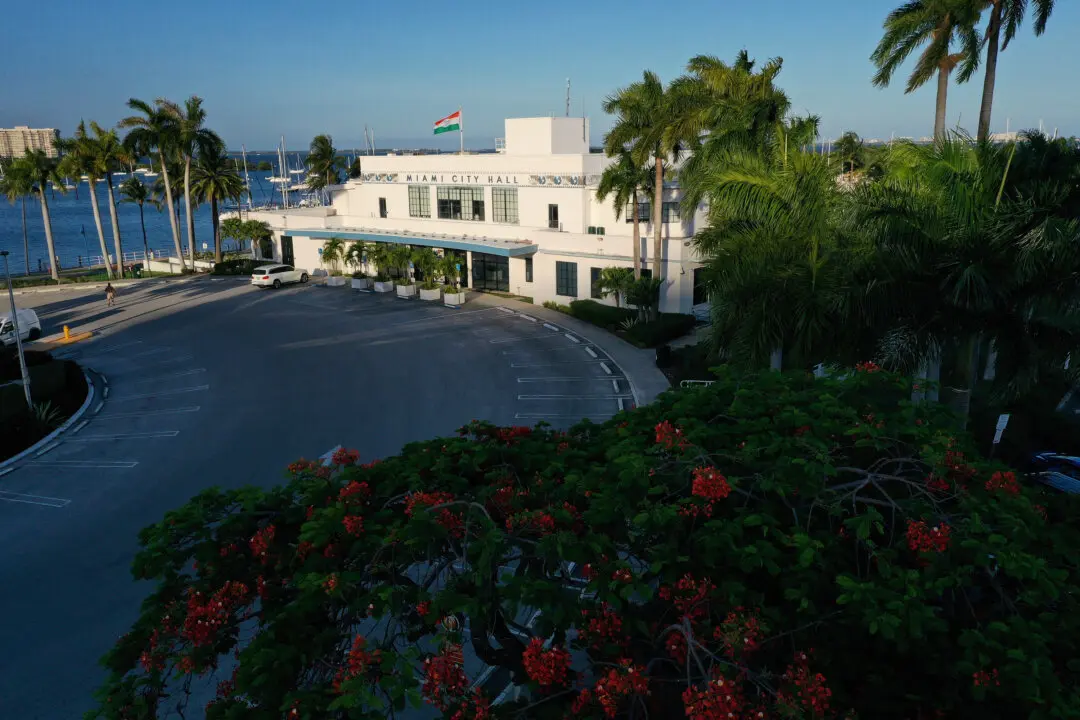NASA announced it contacted the Parker Solar Probe on Dec. 27 and confirmed the spacecraft was “safe” and operating normally after making its record-setting approach to the sun on Christmas Eve.
“Parker Solar Probe has phoned home,” NASA wrote on X. “After passing just 3.8 million miles from the solar surface on Dec. 24—the closest solar flyby in history—we have received Parker Solar Probe’s beacon tone confirming the spacecraft is safe.”





